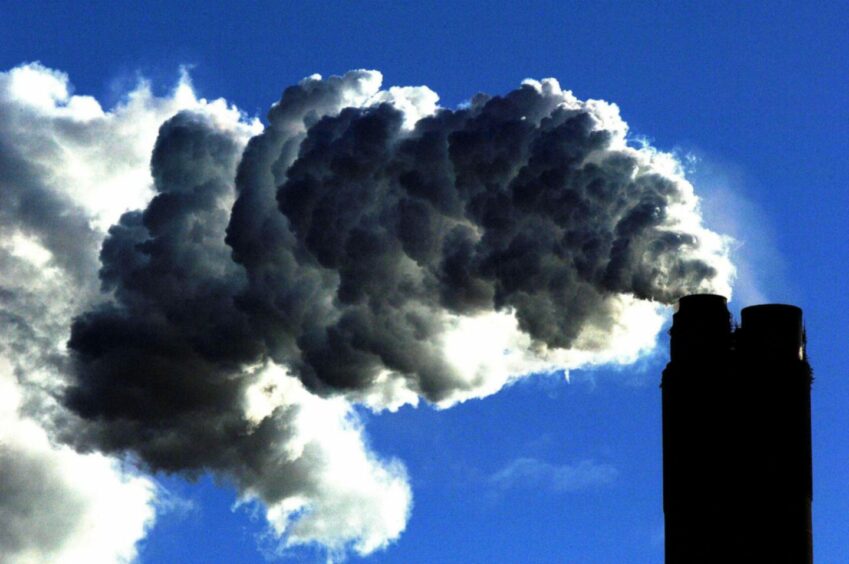
A report by DNV suggests gas-fired power generation will fall to 12% of the energy mix by the end of the decade, more than double NESO’s recommendations.
The UK is expected to miss its emissions-reduction targets under the recently committed Nationally Determined Contribution of an 81% reduction by 2035 compared to 1990 levels, according to a report by energy advisory DNV.
Decarbonisation efforts are anticipated to lead to a reduction in greenhouse gas emissions of 68% by 2035, and 82% by 2050, against 1990 levels – but to fall short of net zero.
Renewable energy capacity, including solar, onshore wind and offshore wind, is expected to double in the next six years to 90 GW by 2030.
However, according to DNV estimates, this remains 45 GW short of government targets to double onshore wind, triple solar and quadruple offshore wind.
The UK will have to reduce emissions by 62% from 405 million tonnes of carbon dioxide equivalent per year (MtCO2eq/yr) to 155 MtCO2eq/yr by 2035 in order to achieve national clean power targets.
However, DNV’s medium-term forecast suggests that the UK will be able to reduce emissions by only 35% by 2035.
Hari Vamadevan, the firm’s executive vice president and regional director in the UK and Ireland for energy systems, said: “Despite economic and geopolitical challenges, the UK’s trajectory remains positive.
“A substantial green prize for our economy – cleaner and more affordable energy, is there for the taking if we can grasp it. We must act swiftly to ensure we make decisive moves along the correct path.”
The proportion of fossil fuels in the energy supply mix is expected to fall from 75% today to 34% by 2050, with low-carbon sources predicted to “surpass fossil fuels in the supply mix”.
But according to the advisory, oil and gas are expected to remain “dominant” sources of energy in the coming decade, until at least the early 2040s, with “significant amounts still required to balance energy demand and ensure security of supply”.
DNV recommends that the UK must accelerate large-scale electrification in heating and transport, together with scaling carbon capture and storage (CCS) and hydrogen infrastructure, to address “lagging” emissions reductions.
Gas predicted to fall, but not fast enough
DNV forecasts that gas will generate 12% of the UK’s electricity in 2030, despite the energy system regulator’s plan to reduce gas-fired generation to up to 5% of the electricity mix.
An adviser at the firm explained that the country will experience “an increase of demand” for energy, at the same time as it undergoes a “reduction” in nuclear and growth in renewables.
Frank Ketelaars, UK and Ireland energy transition director at DNV Energy Systems, said on a call that the government has “got to move from just focusing on the supply side to focusing on the demand side” for energy usage to meet clean power targets.
“We do see demand reduction driven by electrification,” he said.
Ketelaars explained that the amount of money the country is expected to pay on energy will stay flat at about 1.3% of gross domestic product for the next 30 years.
The solution to meeting the UK’s future energy demand will require a “doubling” of onshore wind capacity to 27 GW, a trebling of solar power to 47 GW and an increase in offshore wind to up to 50 GW, according to the government’s Clean Power 2030 Action Plan.
DNV’s report also predicts that by 2050, more than half of homes will still use natural gas, with heat pump adoption to remain limited by cost and insulation requirements.
“Without policy shifts to lower costs, gas will remain dominant for the foreseeable future,” the firm said.
DNV also warned that without stronger incentives, electric vehicle adoption “will lag”, predicting that close to 60% of passenger cars are still expected to run on fossil fuels by 2035, despite a UK-wide ban to be implemented by the end of the decade.
Recommended for you
